Beyond Modernist Masters —— Contemporary Architecture in Latin America
----- 超越现代主义大师:拉丁美洲的当代建筑
Latin America has been an important place for architecture for many decades. Masters like Barragán, Dieste, Lina Bo Bardi, and Niemeyer pointed the way for architectural design all over the world, and they continue to do so today. Their approach to colors, materials, and walls had a deep and lasting influence on architectural modernism. Since then, however - and especially in the last fifteen years - architecture on the continent has continued to evolve, and a lively and extremely creative architecture scene has developed. The work of Latin American architects and city planners is often guided by social issues, for example, the approach to informal settlements on the outskirts of big cities, the scarcity of housing and public space, the availability of affordable transportation, and the important role of cultural infrastructure - such as schools, libraries, and sports facilities - as a catalyst for neighborhoods. Within this context, the book considers numerous projects that have prompted discussion and provided fresh impetus all across Latin America. Outstanding projects like the Santo Domingo Library in Medellin, Colombia, by Giancarlo Mazzanti; Alberto Kalach's Liceo Franco-Mexicano in Mexico; and the works of Alejandro Aravena in Chile show that recent Latin American architecture is more than capable of holding its own beside the works of the founders. Felipe Hernández is an architect and professor of Architectural Design, History and Theory at The University of Liverpool.
{{comment.content}}
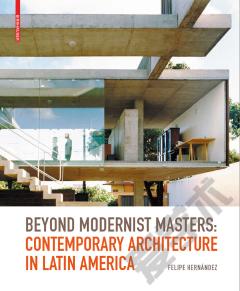


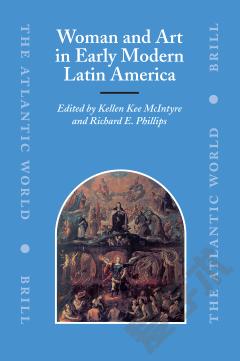
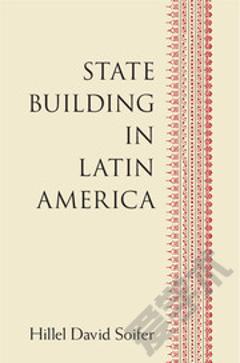
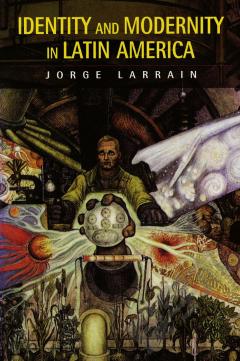
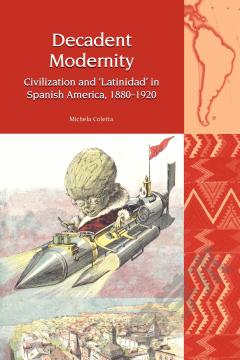

 京公网安备 11010802027623号
京公网安备 11010802027623号